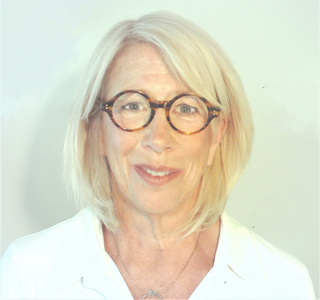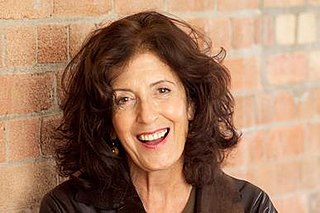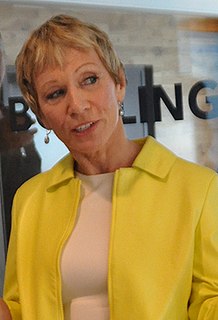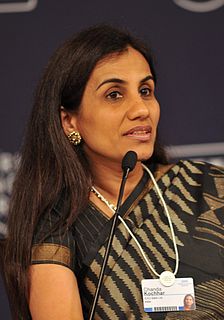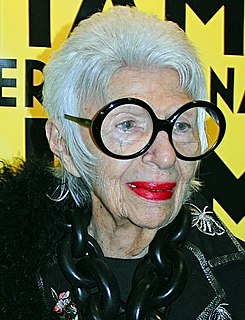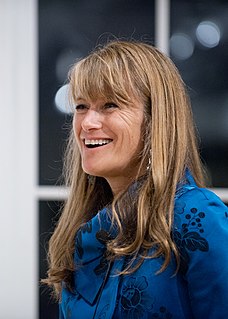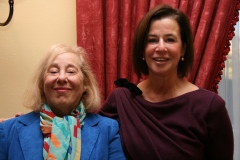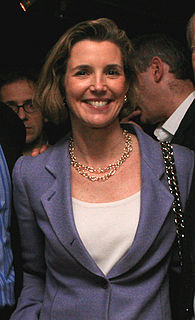Top 46 Quotes & Sayings by Mary Lou Jepsen
Explore popular quotes and sayings by an American businesswoman Mary Lou Jepsen.
Last updated on September 18, 2024.
I started a company called Pixel Qi and the principal of as we're going, smartphones were happening, but as we go forward, the predictions were five devices per person. Do you want to charge each one of those every night to try to get them on a full charge when you're walking around? Smartphones don't even last a day without a recharge now.
Elon Musk is talking about silicon nanoparticles pulsing through our veins to make us sort of semi-cyborg computers. But why not take a noninvasive approach? I've been working and trying to think and invent a way to do this for a number of years and finally happened upon it and left Facebook to do it.
My central thesis is that combining increased temporal and spatial resolution in MRI techniques with increasingly powerful data correlation techniques will allow the derivation of interpreted meanings from neural signals. I observed, further, that the techniques that exist already allow some correlations.
Philiosophers like Hume and Descartes and Hobbes saw things similarly. They thought that mental images and ideas were actually the same thing. There are those today that dispute that, and lots of debates about how the mind works, but for me it's simple: Mental images, for most of us, are central in inventive and creative thinking.
